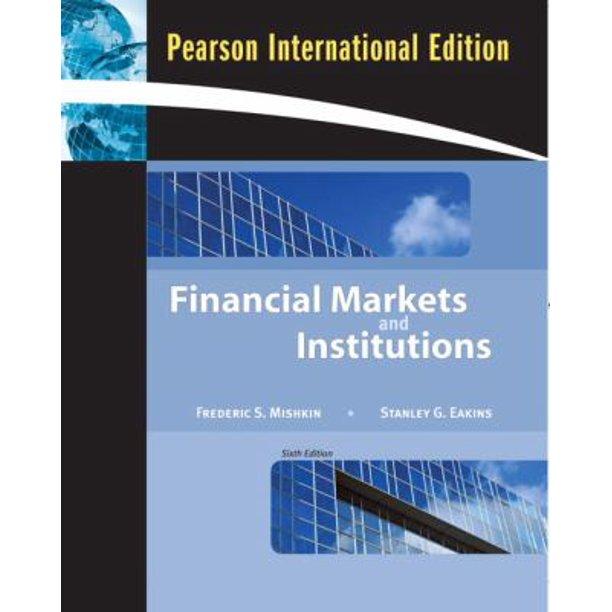Preferred stock is a hybrid security, because it has some characteristics typical of debt and others typical of equity, The following table lists various characteristics of preferred stock. Determine which of these characteristics is consistent with debt and which is consistent with equity. Consider the case of Turnbull Enterprises: At the present time, Turnbull Enterprises does not have any preferred stock outstanding but is looking to include preferred stock in its capital structure in the future. Turnbuli has found some institutional investors that are willing to purchase its preferred stock issue provided that it pays a perpetual dividend of $14 per share. If the investors nay $130.45 per share for their investment, then Tumbuli's cost of preferred stock (rounded to four decimal places) will be If a firm cannot invest retained earnings to cam a rate of return. should return those funds to its stockholders. the requiced rate of return on retained earnings, it The cost of equity using the CAPM approach The current riskefree rate of retuin (fue) is 3.86% while the market risk premium is 6.17%. The Wison Company has a beta of 1.56. Using the capital asset pricing model (CAOM) approuch, Wilson's cost of equity is The cost of equity using the bond yield plus risk premium approach The Harrissn Company is closely field and, therefore, cannet generate fellable inputs with which to use the CaPM method for estimating o company's cost of internal equity. Harrison's bonds yield 11.52%. and the firm's analysts estimate that the firm's risk premium en its stock over its bonds is 5.89. Bosed on the band-yield-plus-risk-premium approach, Harrison's cost of internal equity is: 17.41% 20.89% 16.54% 21.76% The cost of equity using the discounted cash flow (or dividend growth) approach Johnson Enterprisess stock is currently seling for $32.45 per share, and the firm expects its perishare dividend to be 31.38 in one year, Araysts project the firms growth rate to be constant at 5.72\%.. Estimating the cost of equity using the discounted cesh flow (or eividend growth) approach, Johnson Enterprises's stock is currently selling for $32.45 per share, and the firm expects its per-chare divldend to be $1.38 in one year, Analysts project the firm's growth rate to be constant at 5.72%. Estimating the cost of equity using the discounted cash flew (or dividend growth) approach, what is Johnson's cost of internal equity? Estimating growth rates It is often difcult to estimate the expected future dividend growth rate for use in estimating the cost of existing equity using the Der. or Do approach. In general, there are three available methods to generate such an estimate: - Carry forward a historical realined growth rate, and apply it to the future. - Locate and apply an expected future growth rate prepared and publiahed by security analysts. - Use the retention growth model. Suppose Johnson is currentiy distributing 70% of its earnings in the form of cash dividends. It has atso historically generated an average return en equity (ROE) of 10%. Sahnson's estimated growth rate is









